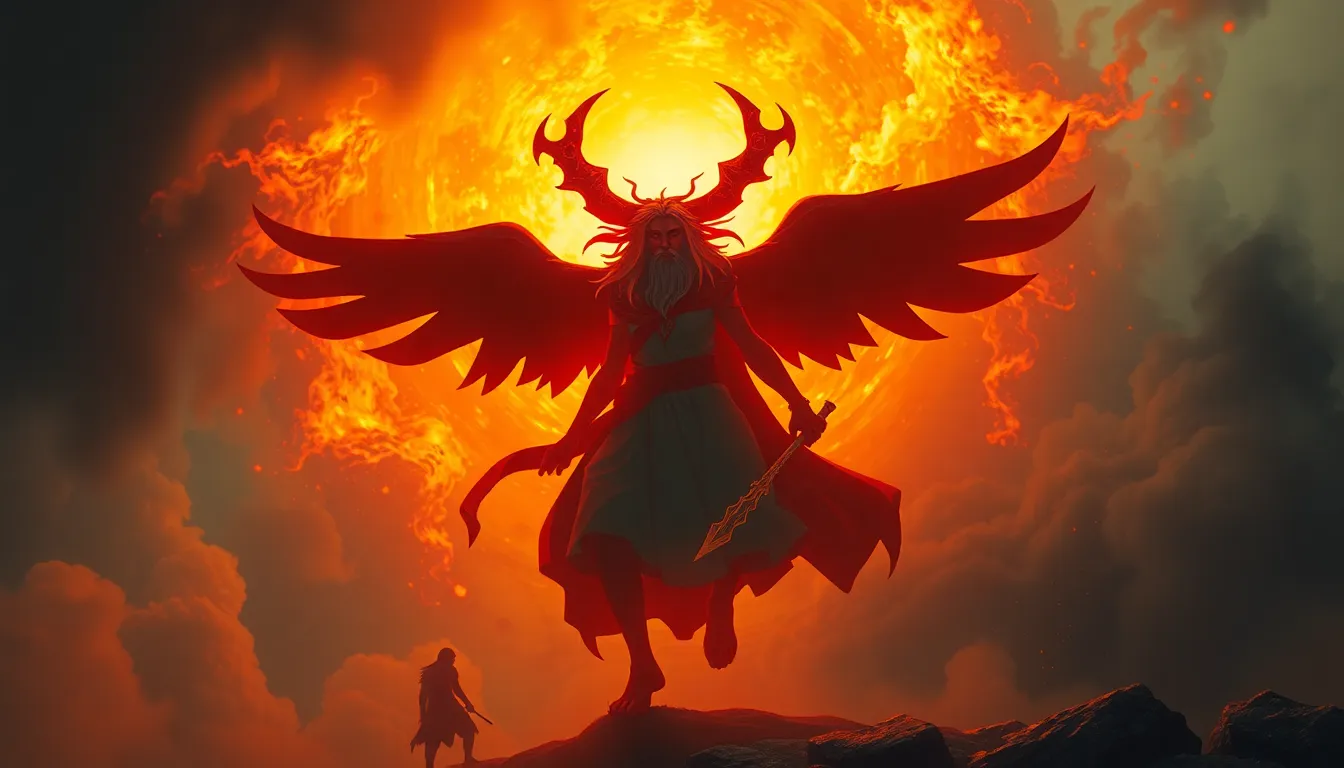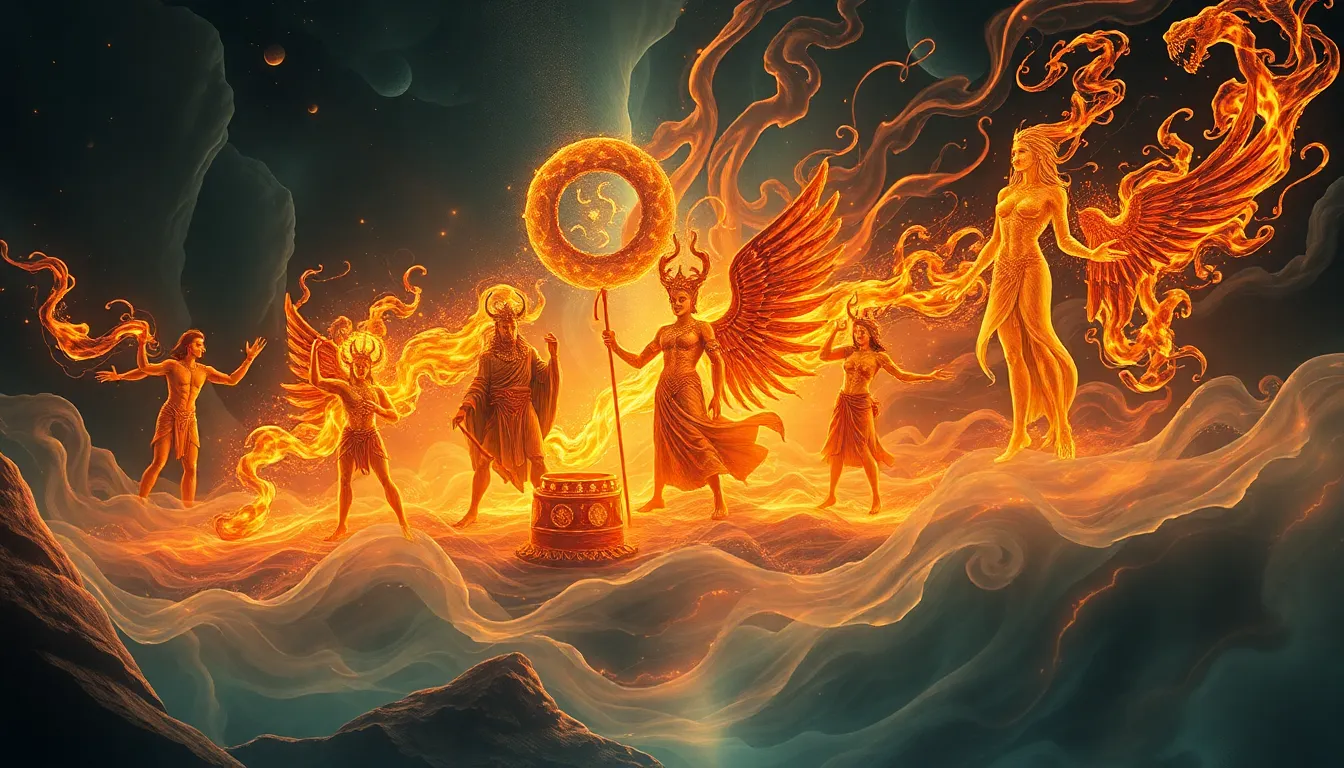The Deathless in Music: Koschei’s Influence on Slavic Musical Traditions
I. Introduction
Koschei the Deathless is a significant figure in Slavic mythology, representing the eternal struggle between life and death. His character embodies themes of immortality, power, and the dark side of human nature. Koschei’s influence extends beyond folklore and literature into the realm of music, where his presence resonates through various genres and styles.
This article aims to explore how Koschei has shaped Slavic musical traditions, highlighting his representation in folk songs, classical compositions, and modern interpretations. By examining these connections, we can appreciate the depth of cultural narratives and the enduring legacy of myth in shaping musical expression.
II. The Myth of Koschei the Deathless
Koschei’s origins can be traced back to ancient Slavic mythology, where he is depicted as an evil sorcerer who cannot die. His immortality is often linked to a hidden object, such as a needle or an egg, which is essential for his existence. This characteristic makes him a formidable antagonist in many traditional tales.
The themes of immortality and death are prevalent in Slavic folklore, where Koschei often represents the ultimate challenge for heroes. His encounters with protagonists highlight the conflict between good and evil, life and death, creating rich narratives that resonate with audiences.
In many stories, Koschei’s role as an antagonist is crucial, as he often kidnaps heroines or threatens the peace of the realm. The struggle against him symbolizes the fight against despair and the quest for redemption.
III. Koschei’s Representation in Slavic Music
Koschei has inspired countless folk songs and ballads throughout Slavic cultures. These musical pieces often recount his deeds and the struggles faced by heroes in their quests to defeat him.
- Folk songs often incorporate traditional instruments, creating a unique sound that reflects the local culture.
- Ballads typically narrate stories of love, loss, and the heroic feats of characters confronting Koschei.
Musical motifs associated with Koschei often reflect his dark and menacing nature. For instance, composers may use minor keys and dissonant harmonies to evoke a sense of foreboding and danger. A case study of the song “Koschei the Deathless” demonstrates how rhythmic patterns and melodic lines mirror the tension in the narrative.
IV. Classical Compositions Inspired by Koschei
Prominent composers such as Igor Stravinsky and Nikolai Rimsky-Korsakov have drawn inspiration from the myth of Koschei in their orchestral works and operas. Their interpretations bring a new dimension to the character, exploring themes of mortality and transformation.
Examples of notable compositions include:
- The Firebird by Igor Stravinsky, which includes elements of Slavic folklore and the struggle against dark forces.
- Koschei the Deathless by Rimsky-Korsakov, an opera that vividly portrays the character’s evil nature and the heroic battles against him.
Thematic interpretations in classical music often emphasize the duality of Koschei’s character—both a source of fear and a representation of life’s challenges. The orchestration, dynamics, and thematic development in these works illustrate the emotional depth of the narratives.
V. Thematic Elements: Death, Immortality, and Transformation
The themes of death, immortality, and transformation are central to understanding Koschei’s influence on music. Many compositions explore these motifs, reflecting the complexity of human emotions and experiences.
Musical compositions may manifest these themes through:
- Contrasting musical sections that represent life and death.
- Use of silence and pauses to evoke the weight of mortality.
- Transformative motifs that evolve throughout a piece, symbolizing the journey from despair to hope.
The emotional and psychological resonance in these interpretations allows listeners to connect deeply with the music, often eliciting feelings of nostalgia, fear, or triumph. Comparisons can also be made with representations of death and immortality in other cultures, where similar themes arise, showcasing the universality of these human experiences.
VI. Modern Interpretations and Adaptations
In contemporary music, artists have begun to reinterpret Koschei and his mythological story, merging traditional elements with modern styles. This fusion results in innovative expressions that keep the legend alive while appealing to new audiences.
- Contemporary folk musicians may incorporate traditional Slavic instruments with modern rhythms.
- Electronic artists might sample folk melodies, creating new soundscapes that evoke the essence of Koschei.
The impact of technology has also transformed the portrayal of Koschei in music. Digital platforms allow for wider dissemination of these interpretations, enabling artists to reach global audiences and foster a renewed interest in Slavic folklore.
VII. The Role of Koschei in Cultural Identity and Preservation
Koschei’s character significantly contributes to Slavic cultural heritage, serving as a symbol of resilience and the complexities of human existence. Music plays a vital role in preserving and transmitting these folklore narratives, allowing future generations to connect with their cultural roots.
Community engagement through musical storytelling fosters a sense of belonging and identity. Traditional festivals often feature performances of songs about Koschei, strengthening the bonds within communities and keeping the folklore alive.
VIII. Conclusion
Koschei the Deathless remains an enduring influence on Slavic music, inspiring a wide range of musical expressions across genres and generations. His character encapsulates essential themes of mortality, immortality, and the human experience, making him a potent symbol in the cultural narrative.
The importance of myth in shaping musical traditions cannot be understated, as it enriches the cultural landscape and provides a framework for understanding complex emotions. As contemporary artists continue to reinterpret and adapt these stories, the relevance of Koschei in today’s music culture persists, ensuring that his legacy endures.




